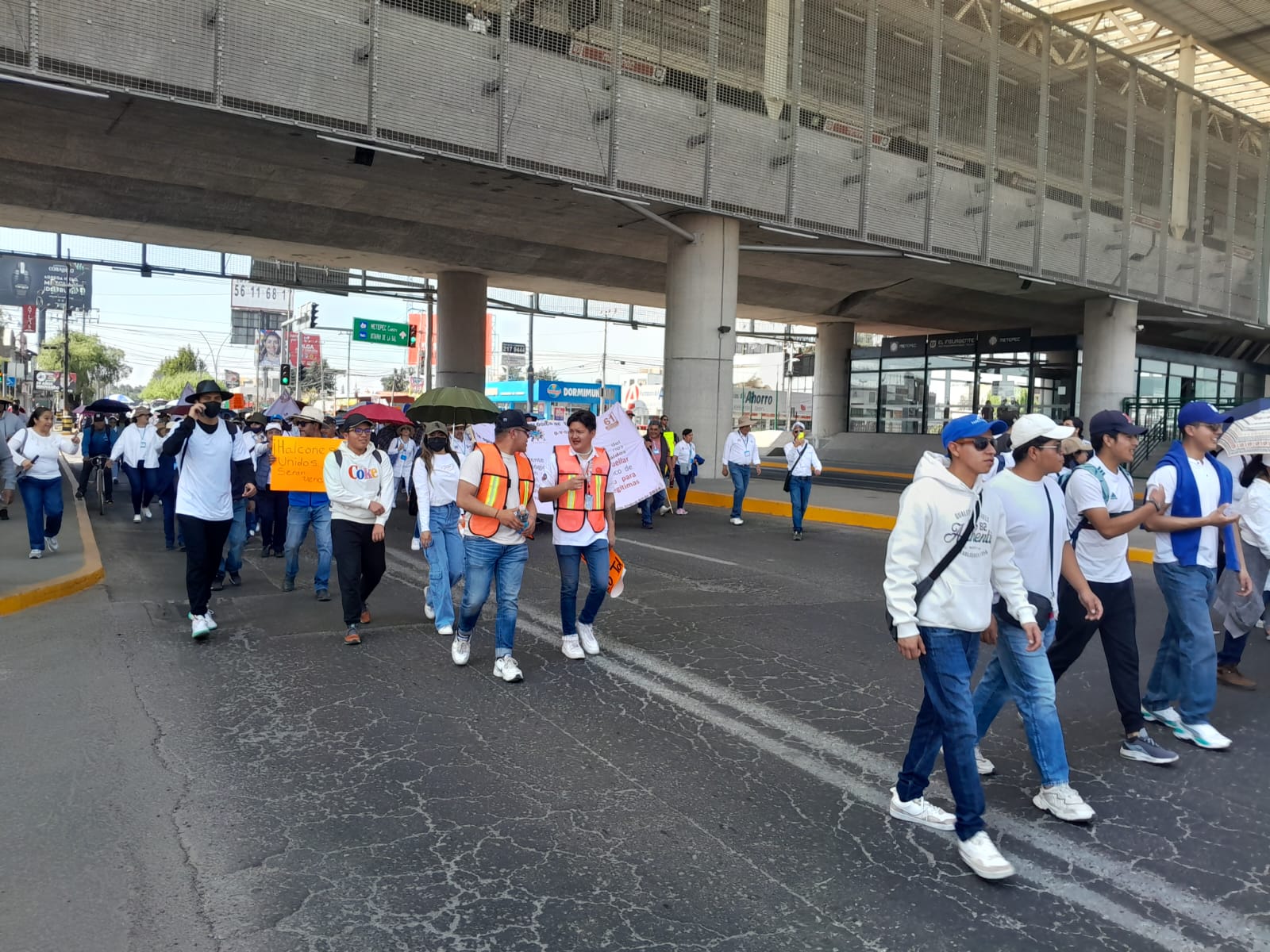Ciencia y tecnología, motores del desarrollo

Hoy es el Día Mundial de la Ciencia y la Tecnología, campos que juegan un papel fundamental en el desarrollo y el progreso de un país. En este momento, el sector más desarrollado es el de las tecnologías de la comunicación y transporte que detonan la conectividad y la movilidad en todo el mundo. Pero también podemos hablar de grandes avances en la medicina y demás ciencias debido a la inteligencia artificial, la biotecnología y la energía renovable.
Por otro lado, se hallan los avances en ciberseguridad, vigilancia satelital y tecnología militar contribuyen a proteger las fronteras y salvaguardar la soberanía de los países frente a amenazas externas.
El gusto por la ciencia y la tecnología se puede promover desde la educación temprana despertando la curiosidad en los niños, mediante clubes y competencias de ciencia, inspirando a jóvenes a imitar a las científicos y que existan materias relacionadas en las escuela.
La ciencia y la tecnología son motores clave del desarrollo socioeconómico y del progreso humano y por ende, invertir en investigación e innovación no solo impulsa el crecimiento económico y la competitividad, sino que también contribuye a resolver problemas globales. Es crucial que los gobiernos y las empresas reconozcan la importancia de la ciencia y la tecnología y apoyen su desarrollo de manera activa y sostenida.
Comentarios




